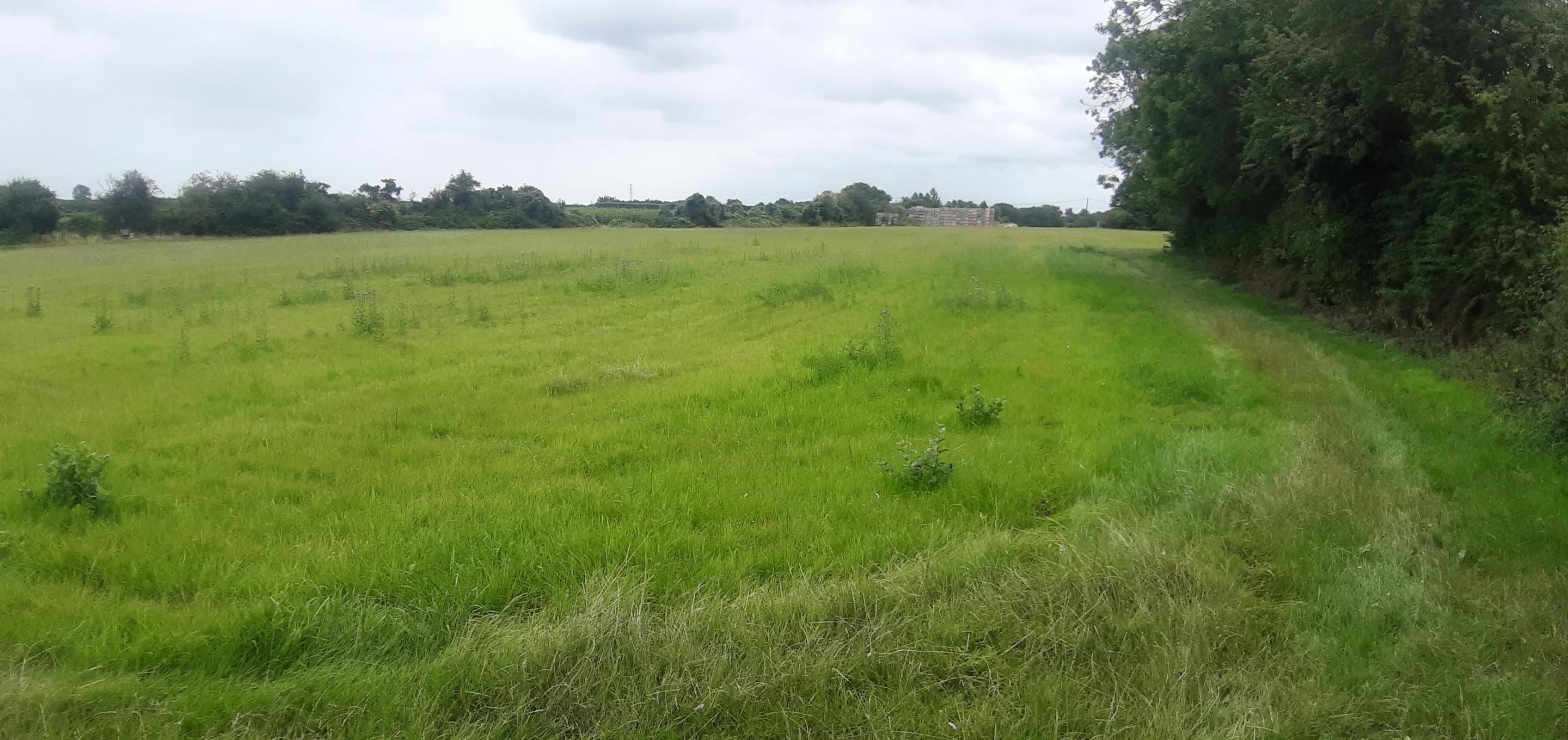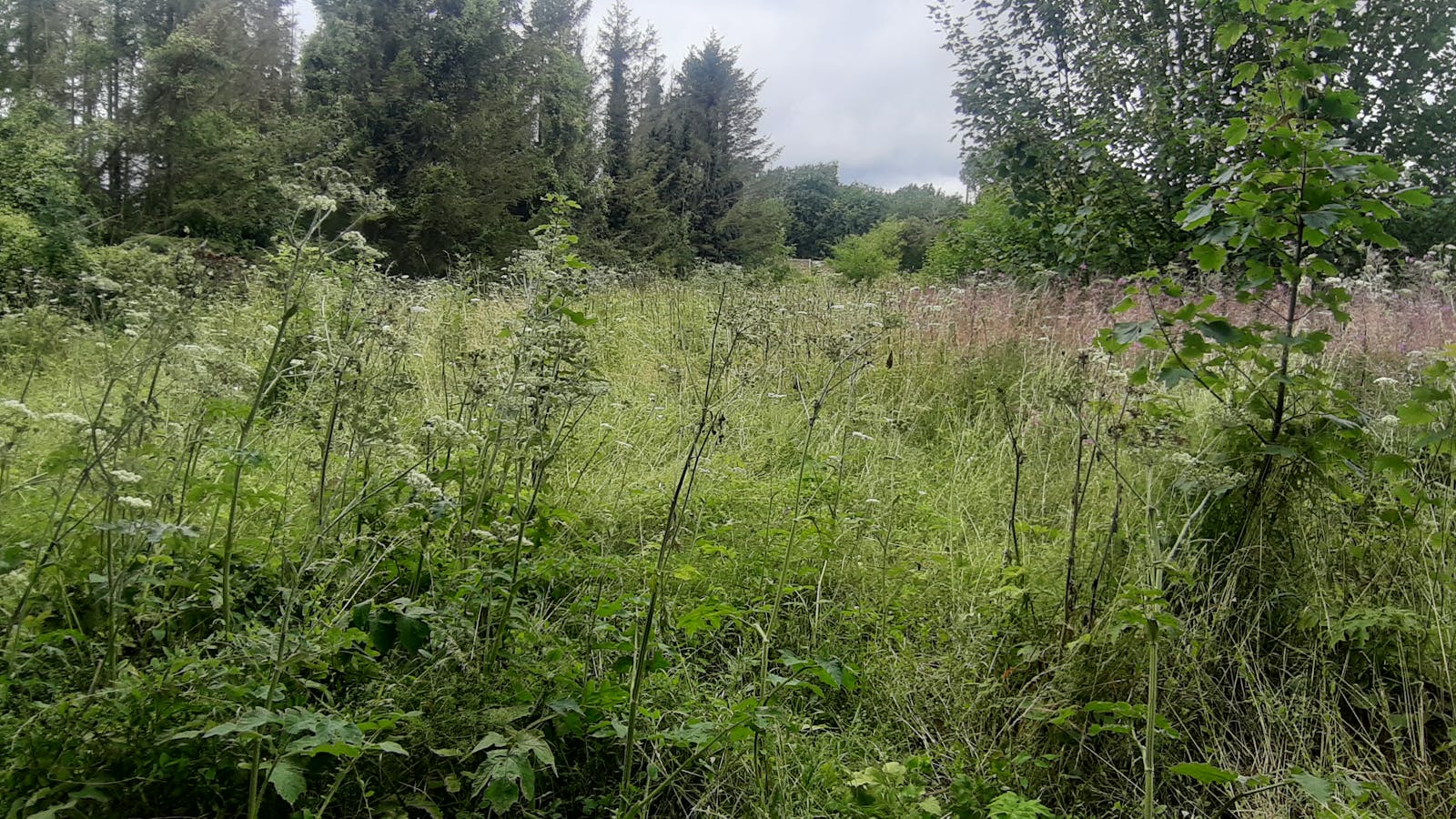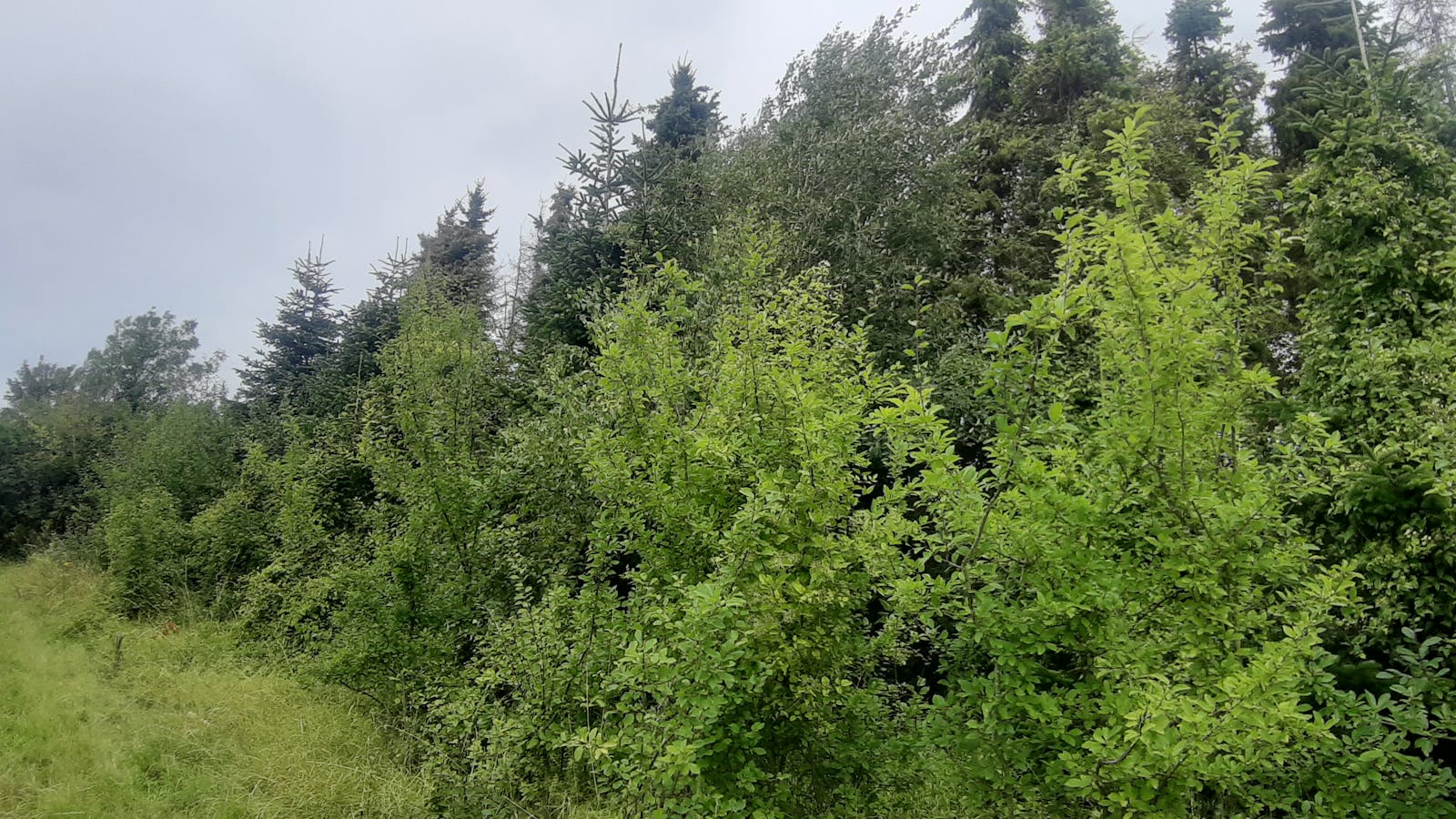
Selson FarmBNG offset site
Local Planning Authority: Dover District
National Character Area(s): North Kent Plain; North Downs
OS grid ref: TR 30741 55571
Postcode: CT13 0EA
What3words: ///tabs.deflection.starts
Habitat units available - Surveyed 2023
A total of 72.16 habitat units, 20.43 hedgerow units, and 0.46 watercourse units are available from the following habitat types:
Grassland
Traditional orchard (High distinctiveness) - 12.26 units
Other neutral grassland (Medium Distinctiveness) - 58.57 units
Heathland and Shrub
Mixed scrub (Medium distinctiveness) - 0.26 units
Woodland
Other woodland; mixed (Medium distinctiveness) - 1.08 units
Hedgerow
Species-rich native hedgerow - 20.43 units
Watercourse
Ditch (Medium distinctiveness) - 0.46 units
Site description
Selson Farm extends to some 15.9 hectares and is located 9 miles north of Dover and 10 miles southeast of Canterbury. It is 1 km from the rural village of Eastry, and the surrounding landscape consists of primarily arable fields with small areas of broadleaved woodland.
Thanet Coast and Sandwich Bay RAMSAR site of international importance for birds is within 2.5 km. The Lower Stour Wetlands Biodiversity Opportunity Area and ancient woodland is 1.5km to the east. It is close to Ham Fen, Kent's last remaining fen habitat which is home to beavers.
Current habitats on the site include; intensive pear orchards, coniferous woodland in poor condition, other neutral grassland in poor condition and modified grassland in poor condition. The site also contains 0.8 km of species rich native hedgerow in moderate to good condition and 0.4 km of lines of trees in poor condition.
The pear orchards will be returned to traditional low-intensity management, creating a high distinctiveness priority habitat rich in wildlife. Traditional orchards are fantastic for biodiversity while also supplying fruit and nuts for humans. Their tree blossoms provide ample nectar for pollinators such as bees and butterflies during spring. Meanwhile the mature trees with their "veteran features" such as hollow trunks, rot holes, dead wood and sap runs are a haven for hundreds of invertebrate species as well as hole-nesting birds such as woodpeckers and little owls. The trees of traditional orchards are more spaced out, meaning more light can reach the ground and promote grassland wildflower biodiversity too!
Management on existing grasslands will also be relaxed to allow more wildflowers to grow, with areas of scrub designed to provide sheltered areas for wildlife. Additional species-rich hedgerows will be planted along field margins to extend and join up those already in place, creating routes through which wildlife can cross the landscape.
In addition, the existing section of coniferous woodland will be enhanced to increase the proportion of native broadleaved species.
The ditches on site will be enhanced to a better condition.
Fill out a form at the bottom of this page or email your development's BNG metric to bngenquiries@adonisblue.org.uk for a free BNG consultation.
These units are valid for a maximum of two years, provided site conditions do not significantly change. If more than two years have lapsed between the site survey and habitat works being undertaken, an updated survey will be necessary to ensure recommendations remain valid.

Habitat Transitions


Site Photos







